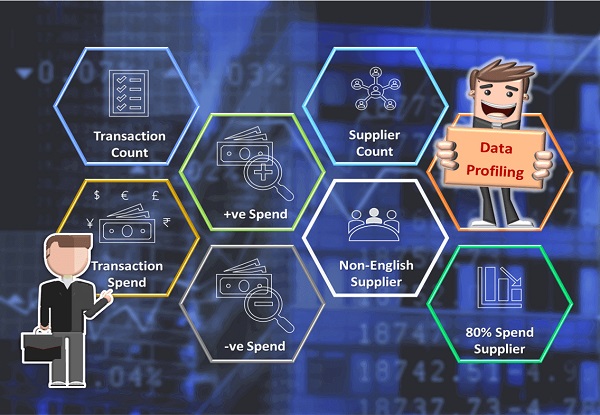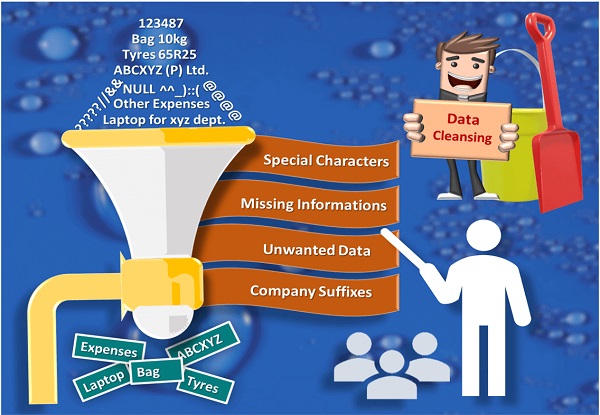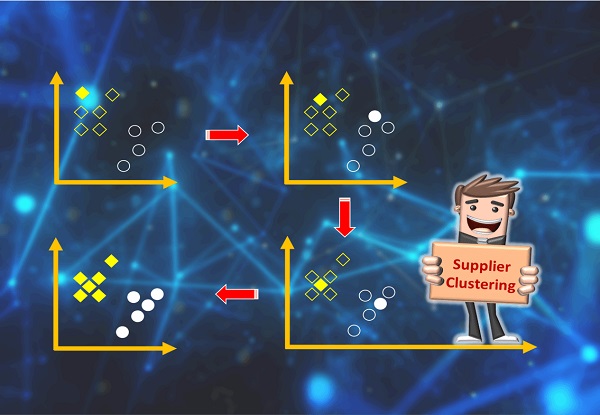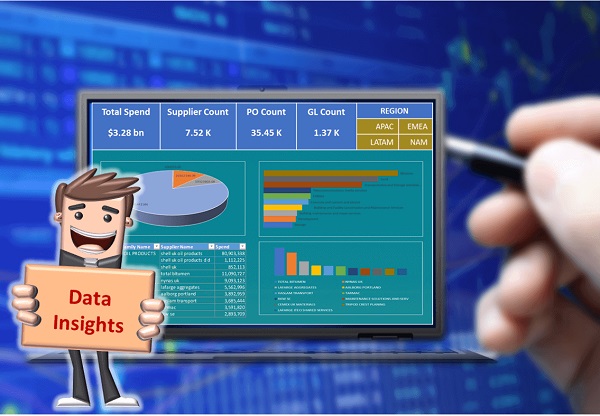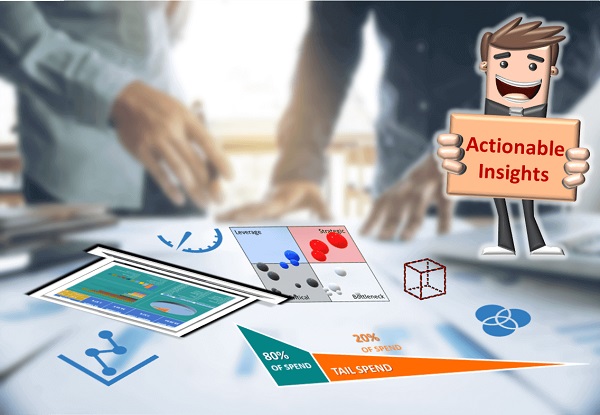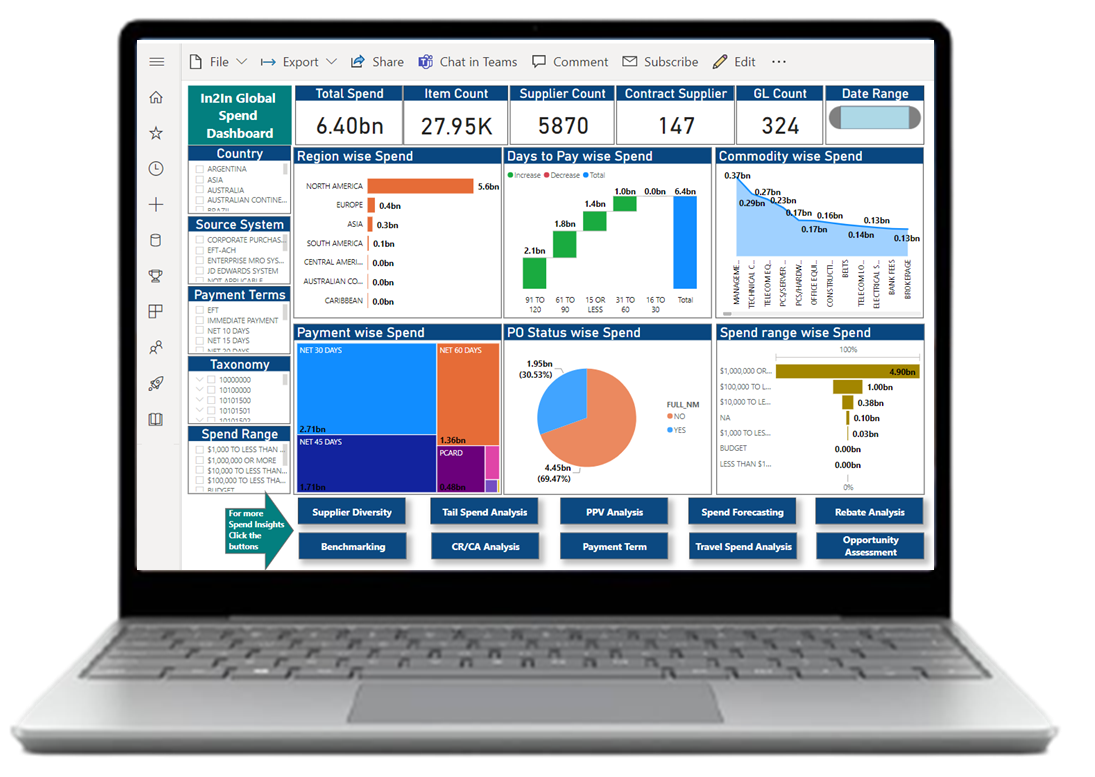Data Profiling
Before Data Transformation or Data Enrichment an organisation should assess the data's accuracy, completeness, and validity. In data quality evaluation, it measures three things: uniqueness, consistency, and logic. some of the key questions for efficient and effective data profiling are:
- Is the dataset complete? Are there any null values or blank rows?
- Is each record unique, or are there duplicates?
- Are there patterns in the data that can anticipated?
- What is the range of the data values? What about total negative value records?
- Are the minimums, maximums, averages & total what was expected?
Before Data Transformation or Data Enrichment, an organisation should assess the data's accuracy, completeness, and validity. In data quality evaluation, it measures three things: uniqueness, consistency, and logic. some of the key questions for efficient and effective data profiling are:
- Is the dataset complete? Are there any null values or blank rows?
- Is each record unique, or are there duplicates?
- Are there patterns in the data that can anticipated?
- What is the range of the data values? What about total negative value records?
- Are the minimums, maximums, averages & total what was expected?
Data profiling is visualized using summaries & graphs. It improves data quality, understanding of data & reduces the execution time for other major data enrichment initiatives. One of the major advantages of data profiling is the discovery of market information found in the data itself.

